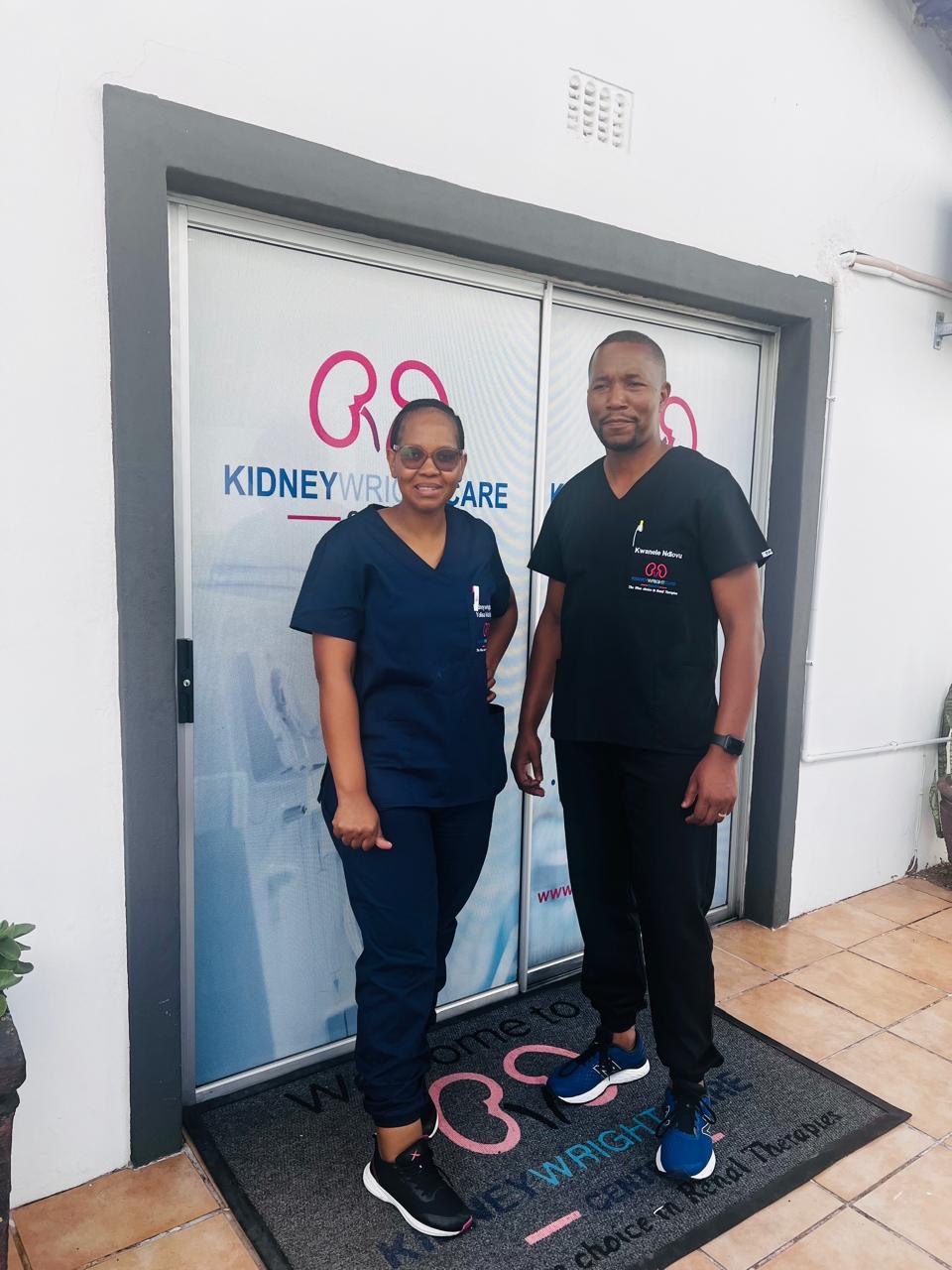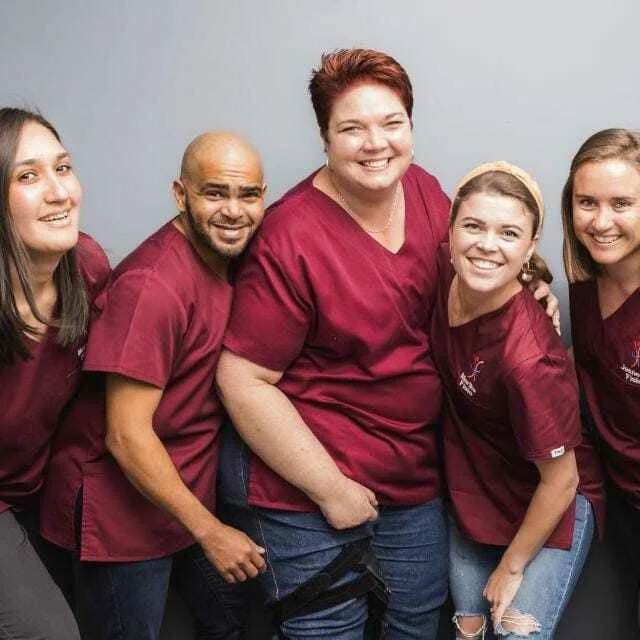7 LinkedIn Tips for Healthcare Professionals
Healthcare professionals, including doctors, have a wide range of social media platforms to help build their practices, but LinkedIn remains a top choice for connecting with peers and patients. LinkedIn allows healthcare professionals to create an online profile that showcases their expertise while also providing opportunities for networking, reputation building, and idea sharing. If you're ready to take advantage of LinkedIn, here are seven tips to help you get started.
1. Try It Out
If you're unfamiliar with LinkedIn, it can feel overwhelming at first, especially if you've created a profile but never fully explored the platform. Think of LinkedIn as a toolkit—it's there to help you, but you need to use it. Spend some time browsing, playing with features, and exploring the platform to get comfortable.
2. Complete Your Profile
To make the most of LinkedIn, you need a complete profile. This includes a detailed CV, medical experience, training, education, skills, affiliations, areas of interest, and contact information. A complete profile helps you rank higher in searches, increasing your visibility and engagement.
3. Keep Your Profile Personal
Rather than using the default job title for your headline, personalize it to reflect your experience and specialty. You can also customize your LinkedIn profile URL (e.g., www.linkedin.com/name), which you can use on your email signature, business card, or CV to make it easy for others to find you.
4. Add a Professional Photo
Since LinkedIn is a professional platform, it's crucial to have a high-quality, professional photo. Profiles with professional photos receive much more engagement than those without. Make sure your photo reflects the image you want to project for your brand.
5. Keep It Updated
Regularly update your profile by adding new information, joining groups, commenting on posts, and sharing relevant content. A stale profile is less likely to attract meaningful engagement.
6. Network as Much as Possible
LinkedIn offers excellent opportunities to connect with like-minded professionals. You can message people directly, send emails, or connect with colleagues by searching for them and sending invites. Expanding your network can open doors to new opportunities.
7. Follow Your Professional Associations
If you're part of any healthcare specialty organizations, they likely have a LinkedIn presence. Follow these groups to get updates, access resources, and connect with other professionals in your field.
The Bottom Line
There’s no downside to spending time on LinkedIn. For healthcare professionals, LinkedIn offers a great platform to enhance your professional profile, attract patients, build a reputation, and foster meaningful connections. When used effectively, it can be a valuable tool for growing your career and practice.

.avif)



